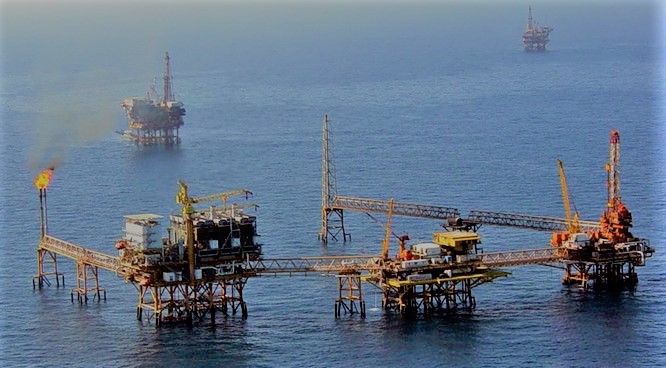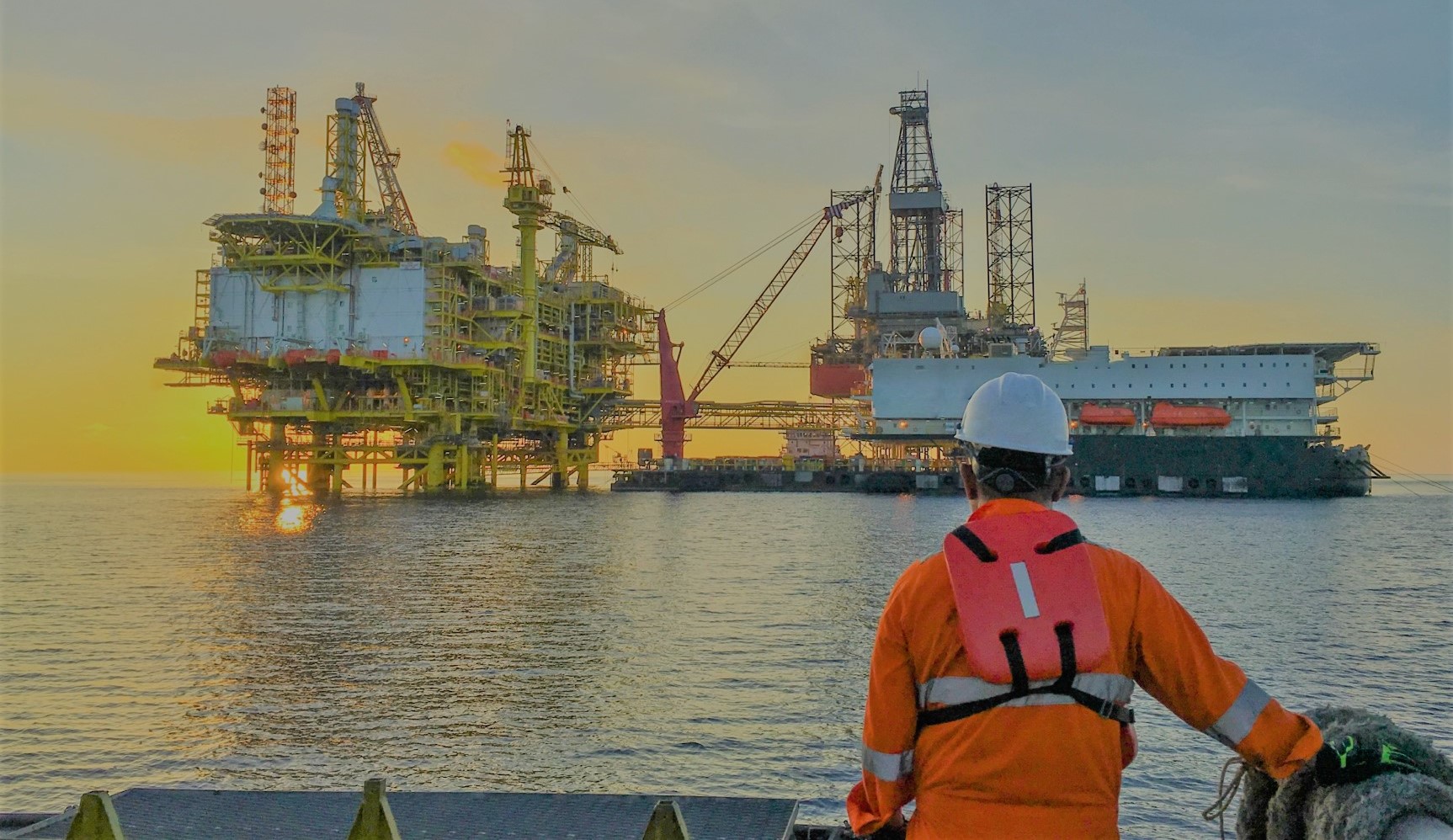General Marine Engineering
Yes, the law often requires head protection on maritime projects to ensure the safety and well-being of workers in the marine engineering industry. The use of appropriate head protection, such as hard hats, is mandated by various international and national regulations and standards, including those set forth by organizations like the International Maritime Organization (IMO) and national maritime authorities.
The project site should have easily accessible and well-stocked first aid kits. These kits should include items such as bandages, dressings, adhesive tape, antiseptic solutions, scissors, gloves, CPR masks, and any specific medications or medical supplies required for individuals with known medical conditions.
matat.
For a Marine Engineer, being on contract work means that they are employed on a temporary basis for a specific project or a predetermined period, rather than being a permanent employee of a company. Marine Engineers engaged in contract work are often referred to as "contractors" or "freelancers."
Marine Engineer's Contract
Contract work typically involves being hired to work on a specific project or task within the maritime industry. Once the project is completed or the contract period ends, the employment relationship comes to an end, and the contract may or may not be renewed for future projects.
Contract work offers a higher degree of flexibility compared to permanent employment. Marine Engineers on contract may have the opportunity to choose the projects they work on, negotiate their pay rates, and decide on their working hours to some extent.
The duration of contract work can vary significantly depending on the nature of the project. Some contracts may last for a few weeks or months, while others could span several years, depending on the complexity and scope of the undertaking.



